Jessica Tang was born and raised in San Francisco and is now based in South San Francisco. She went to Mills college for her BA in Studio Art and has exhibited at SOMArts, The San Jose Museum of Quilts and Textiles, and other venues in the Bay Area.
In her object series, Jessica recreates familiar Asian American objects that take on the visual identity of the original object but reject said identity due to its material.
In this interview, Jessica describes how her upbringing as an Asian American helped shape her artwork and she explains why exploring this theme continues to fascinate. She talks us through her girl series and we learn which stitches she employs and techniques she uses to create these intricate images.
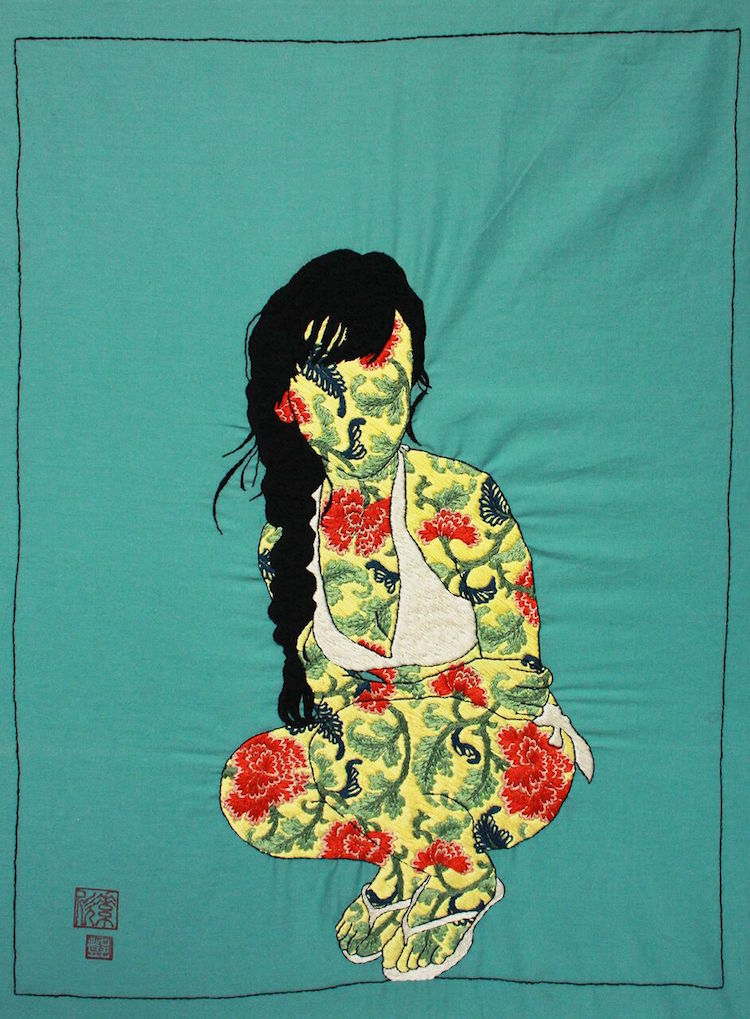
Exploring dual identity
TextileArtist.org: What initially attracted you to textiles as a medium?
Jessica Tang: When I studied abroad in Seoul, South Korea I wanted to take a few studio arts and traditional Korean arts courses. I got to observe Korean students experiment with various mediums.
By chance, I wandered into the student gallery and watched a video of a girl crocheting herself into a cocoon with red thread. I kept that image in mind when I went back to college for my senior exhibition.
What or who were your early influences and how has your upbringing influenced your work?
In my work, I explore my Chinese American identity and the Asian American community. My experiences as a first generation born Chinese American female are what I draw from. Weekly grocery shopping trips to Chinatown when I was a kid helped inspire my object series. Memories of sneaking Asian snacks into the shopping basket inspired pieces like my White Rabbit Candy Wrapper and Chrysanthemum Box.
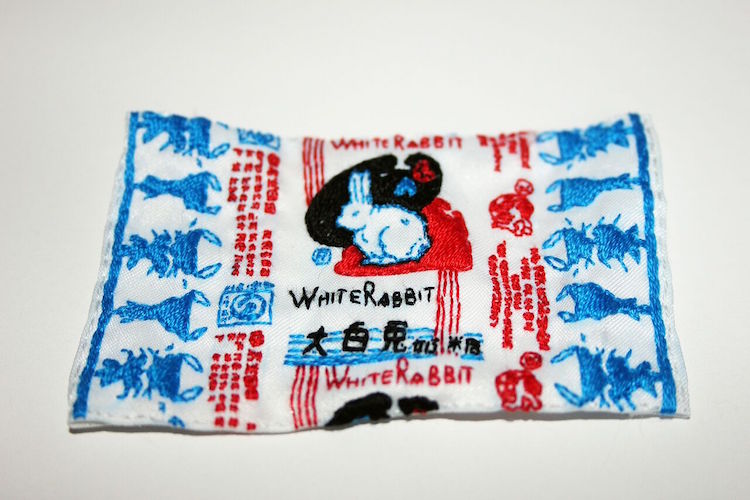
During my childhood, family gatherings usually meant that someone was going to complain that my sisters and I couldn’t speak Cantonese. It hurt when they would say that we’re not Chinese and too American. Classmates would say similar things when I didn’t fit in the docile and exotic Chinese stereotype.
These moments led to research on dual-culture for Asian Americans and the Asian American Awakening written by Connie Zhou helps to explain and give some examples of feeling caught between two cultures.
My girl series is directly inspired by Ikenaga Yasunari’s portraits of women; I fell in love with his paintings but thought it would be interesting to have the floral pattern on the skin rather than the clothing.
Everything then magically clicked together, Asian women silhouetted with Asian textile patterns to obscure their identity. I explore this duel identity/culture by replacing the Asian features with an Asian pattern. Only the form is visible and the pattern is used to indicate a vague Asian identity.
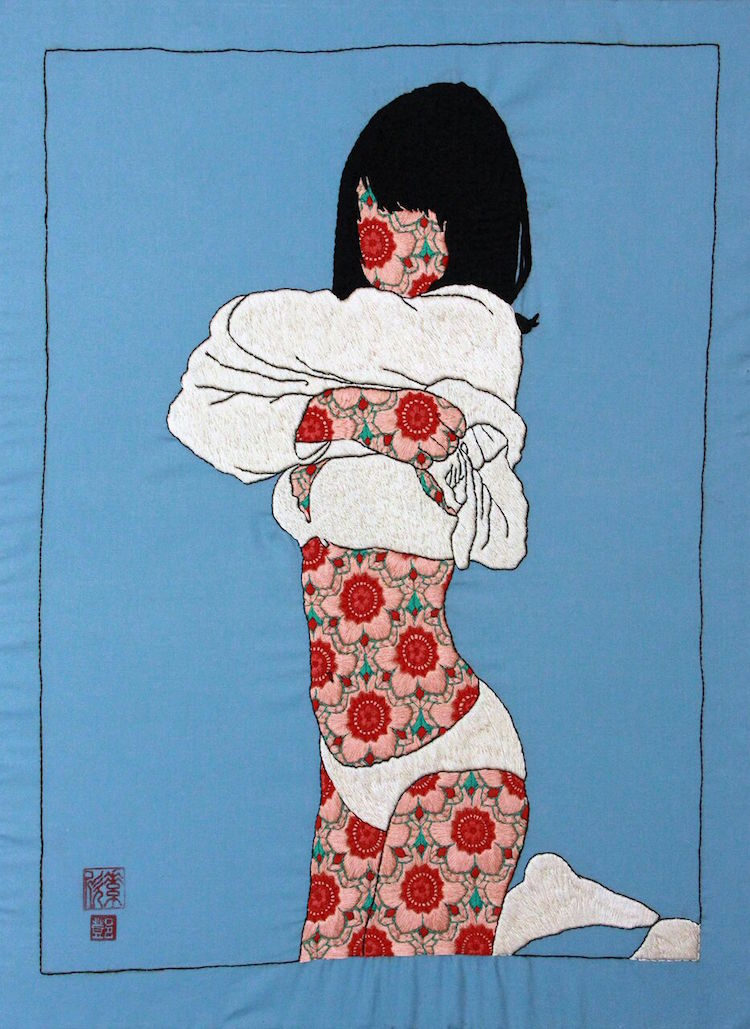
What was your route to becoming an artist?
In school, I would draw or paint whenever I could. In middle school, I took art classes at the after school program and joined the art club in high school. As a child, I knew I wanted to be an artist so I learned and experimented throughout school to figure out my style and what medium I preferred.
I was lucky that my charter high school required juniors and seniors to participate in internships in a career field they were interested in. I interned with two local established artists and learned more about daily artistic practice and aspects of running an art business.
With my studio art major, I learned various skills and developed my work conceptually. I learned about other artists, art history, and connected with my professors and classmates.
For my senior exhibition, I created my first embroidered sculptures which I continued after graduating. Since then, I’ve maintained a habit of making work and occasionally exhibiting my work.
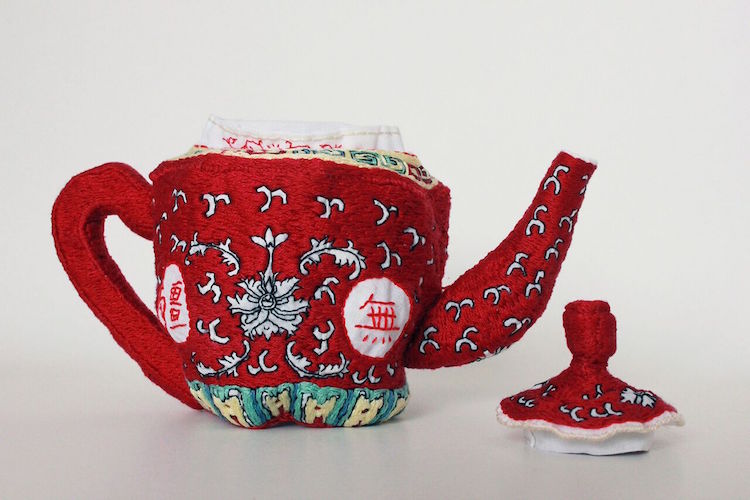
Replicating objects
Tell us a bit about your chosen techniques.
Tracing is one of the main techniques I use for both my object and girl series. When I have the design or image I want to transfer onto fabric, I use a light box and a fabric marker to trace. When the image is traced I stitch the outlines in the colors I choose beforehand. From there it’s making sure I fill in as accurately and neatly as I can, using a combination of back, split, satin stitches and the occasional french knot.
Once the embroidery is finished, I wet the fabric with water to remove the fabric marker and let it dry. For the girl series, I damp stretch the fabric to both remove the marker and most wrinkles.
Do you use a sketchbook? If not, what preparatory work do you do?
With the object series, I usually make a list of things I want to replicate; depending on the shape, I sketch a flat pattern that I can trace and cut out in fabric to achieve a 3d shape. With paper products like the Pop Pop or Chrysanthemum Tea Box, I can dismantle and flatten the paper, scan, and trace onto fabric.
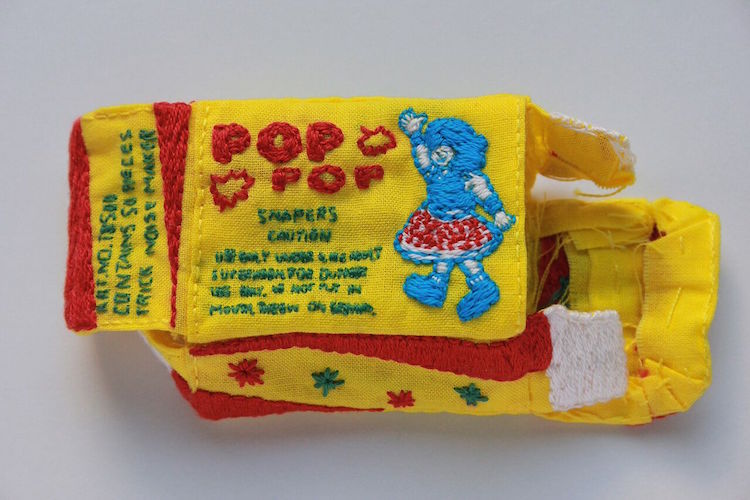
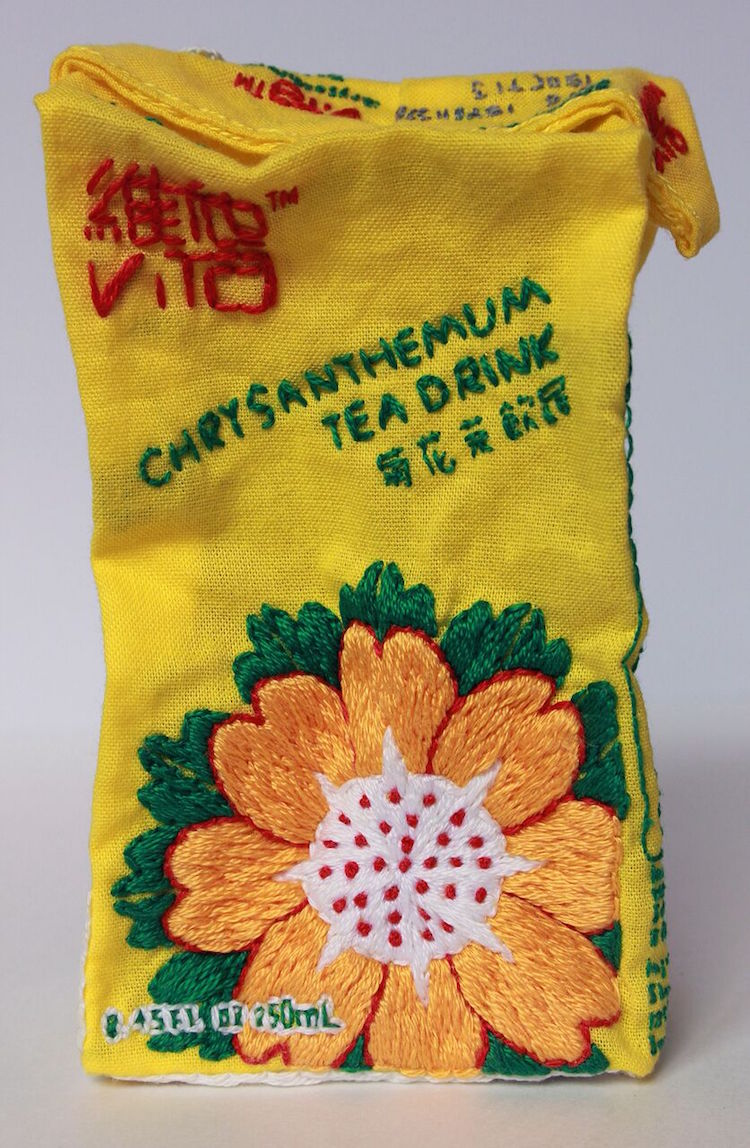
Tell us about your process from conception to conclusion.
To make a girl piece I start with the girl. I specifically look for an image of an Asian girl posed in a suggestive manner. One of the main things I look for is how well the pose translates into a silhouette. I trace the outline of the girl in Photoshop and print it in the final scale of the piece. When I pick a girl design that I like I look for an Asian pattern that compliments the figure.
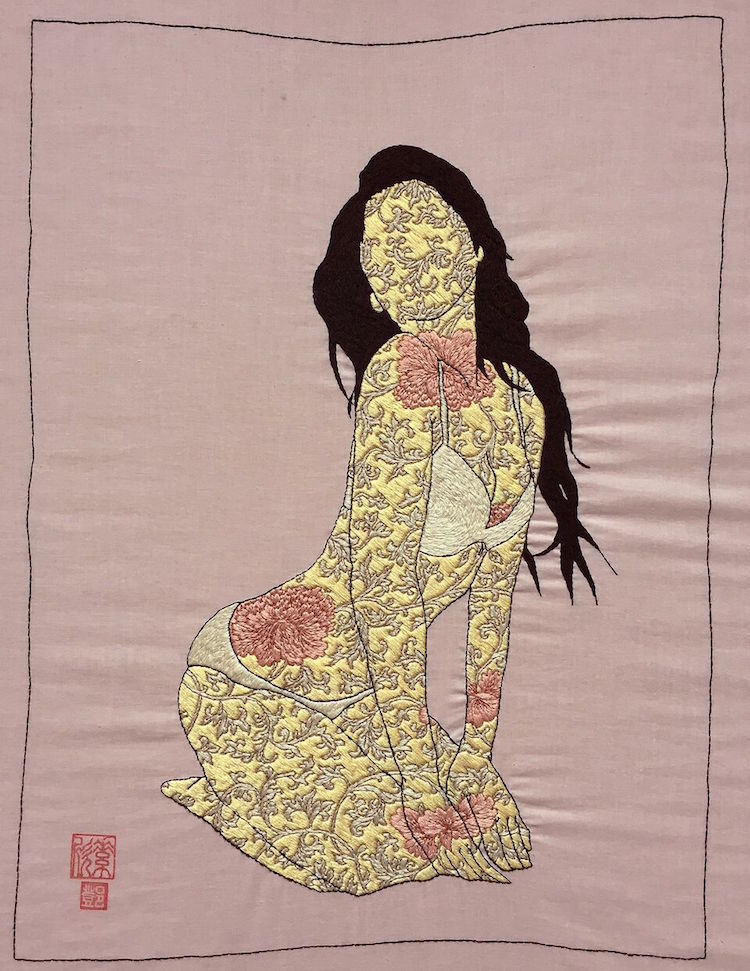
In Photoshop I combine the girl outline with the pattern. Once I think the combination works, I print out the pattern and trace the girl. I fill in the hair and clothing first which prevents any confusion when tracing the pattern onto the girl.
With the pattern traced, I pick which color threads to use, record the thread color number to each part of the pattern, and then embroider.
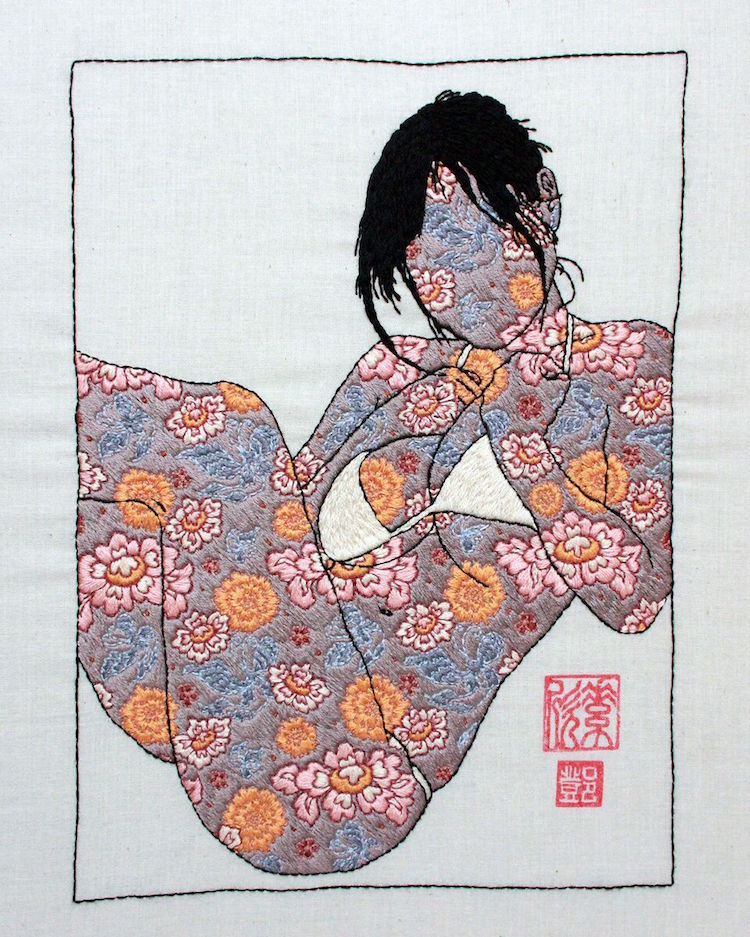
Once the stitching is finished I use pins to stretch the fabric over a cork board. Then, I spray water on the fabric to simultaneously remove the fabric marker and to tighten the fabric which helps remove large wrinkles. Initially, I’ve stamped my Chinese name as my signature but I started to sew it instead. The final steps are to photograph and frame.
Initially, I’ve stamped my Chinese name as my signature but I started to sew it instead. The final steps are to photograph and frame.
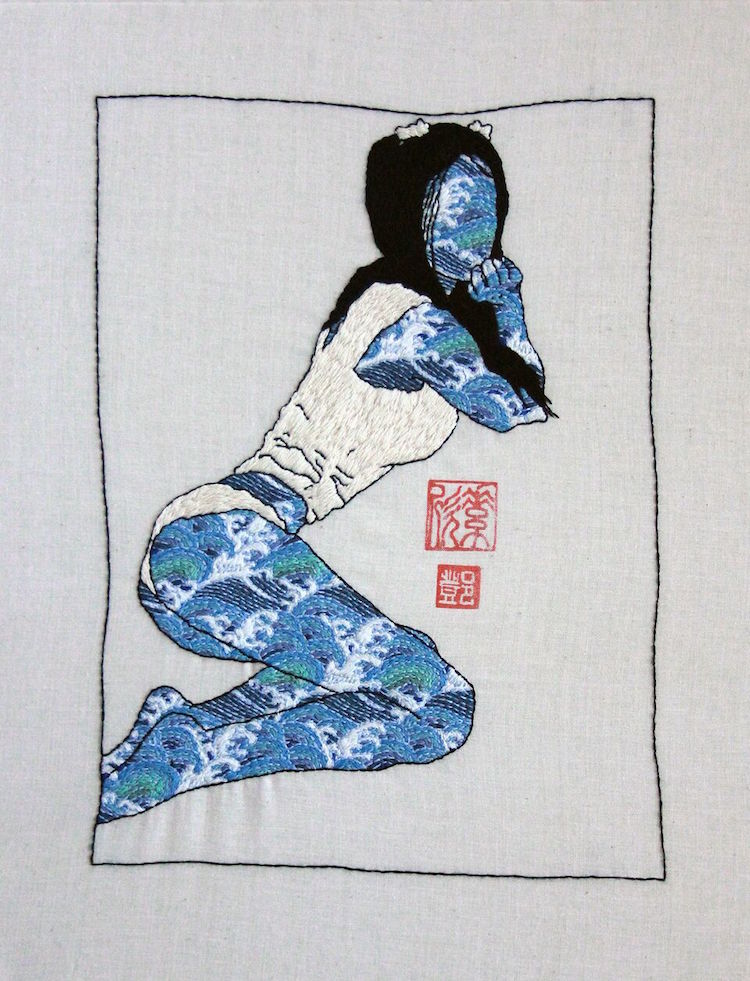
A level of intricacy
What environment do you like to work in?
When I’m at my desk I usually start playing a YouTube video or gaming stream for background noise. Sometimes I play music if I can’t find any videos or live streams.
What currently inspires you?
I am a big fan of Laika Studios, the stop-motion animation company that made Coraline, Paranorman, The Boxtrolls, and Kubo and the Two Strings.
I had the pleasure of visiting the Magic of Laika exhibition in LA and saw puppets and sets in person. I am obsessed with the detail and scale of the puppet costumes. The level of intricacy in their costumes is what I want to achieve in my work.
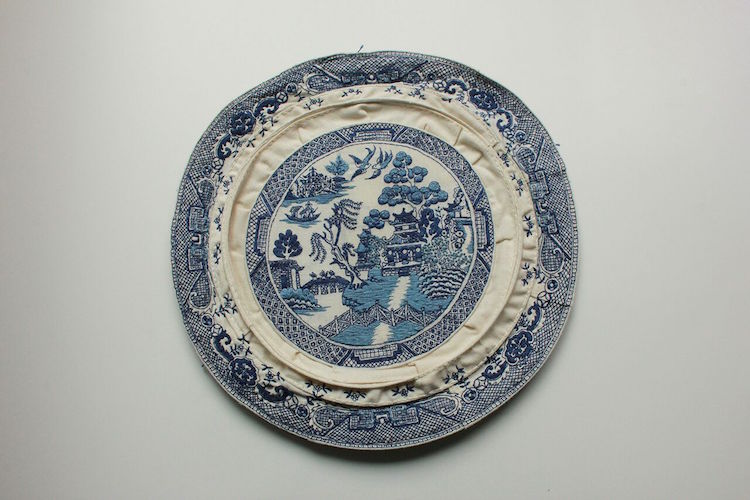
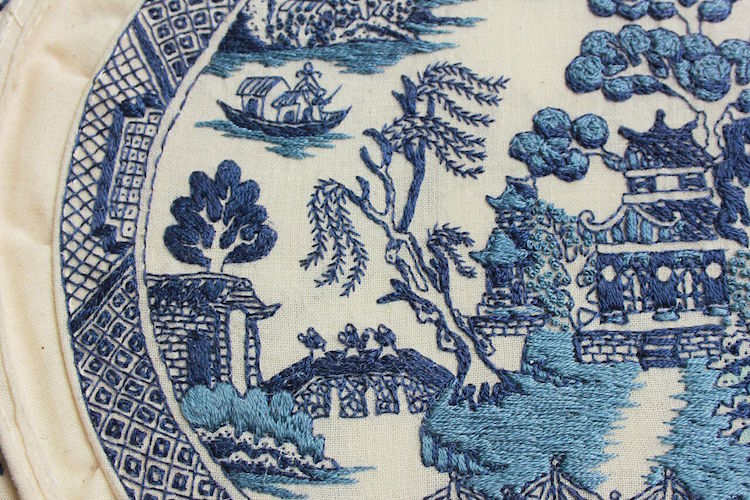
Tell us about a piece of your work that holds particularly fond memories and why?
Cup Noodles, my first embroidered sculpture, is one of my favorite pieces.
When I started experimenting with materials for my senior exhibition I looked for objects to sew into. I knew I wanted to do something with thread and sewing. I took an empty cup noodle container and thought it would be interesting to sew into it. I quickly found out that styrofoam is terrible to sew into but it inspired me to replicate the container in fabric instead.
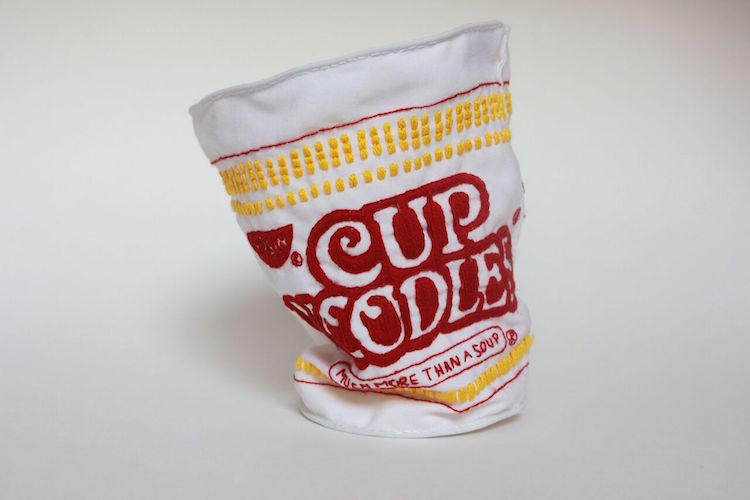
How has your work developed since you began and how do you see it evolving in the future?
I started working with thread and fabric in 2013 so my work is still relatively the same, in my opinion. With the sculptures, I’m looking to expand in two ways. I’m planning to replicate more candy/food containers and pottery in both smaller and larger scale.
For the girl series, I want to branch out in patterns and complexity. I’ve used Chinese and Japanese patterns but I want to include other Asian textile patterns from India, Korea, and other Asian countries.
Also, I’ve always admired other artists like Lisa Smirnova and Cayce Zavaglia who paint with thread. I want to use more colors and possibly increase the size of my pieces.
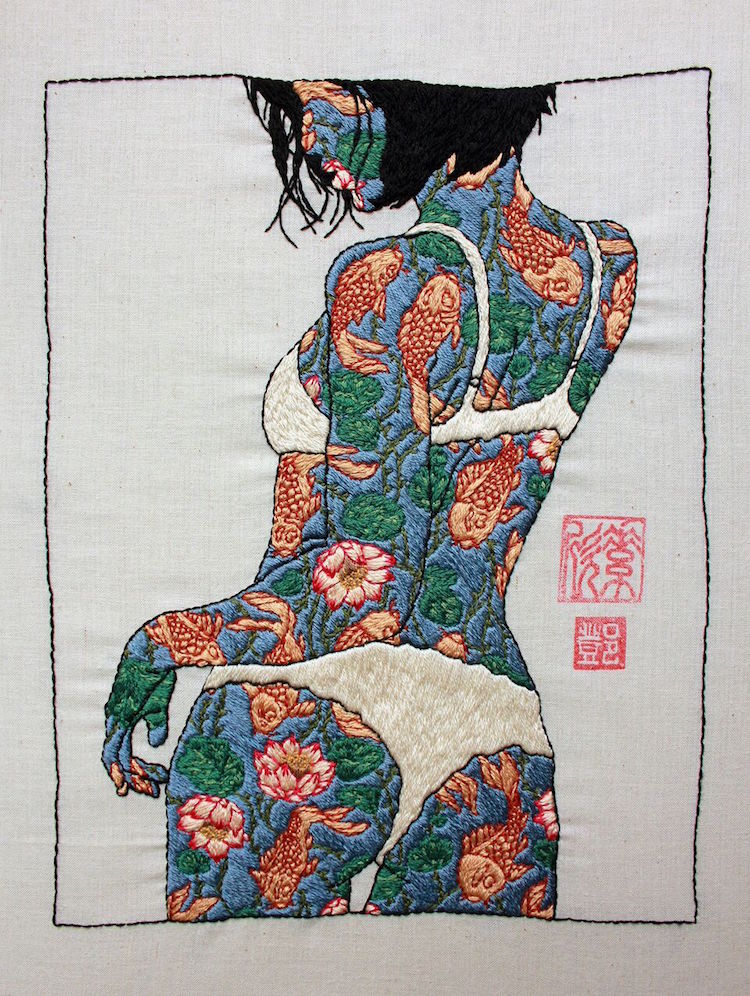
What advice would you give to an aspiring textile artist?
Experiment. Experimenting with materials is how I started my first object sculpture. I might not be where I am today had I not played with fabrics and thread.
Practice daily. With the level of detail and scale in my embroidery, being patient and persistent is key. Putting in an hour or two per session adds up with consistency and keeping a record helps to see how much progress has been made overall.
Stretch. Repetitive strain injuries are no joke. I have a bad habit of not stretching until it’s too late. Eye strain, wrist and arm pain can become chronic if not taken care of.
Can you recommend 3 or 4 books for textile artists?
The Stitch Bible by Kate Haxell
Chinese Embroidery by Shao Xiaocheng
The Art of Manipulating Fabric by Colette Wolf
What other resources do you use? Blogs, websites, magazines etc.
I sometimes refer to Needle n’ Thread for techniques or tips. When I made my large girl pieces I usually used The Rasterbator to rescale the outline of the girl. I use a palette generator to get an idea what colors to use for the patterns in my girl pieces and then refer to my thread swatch book to find the right colors.
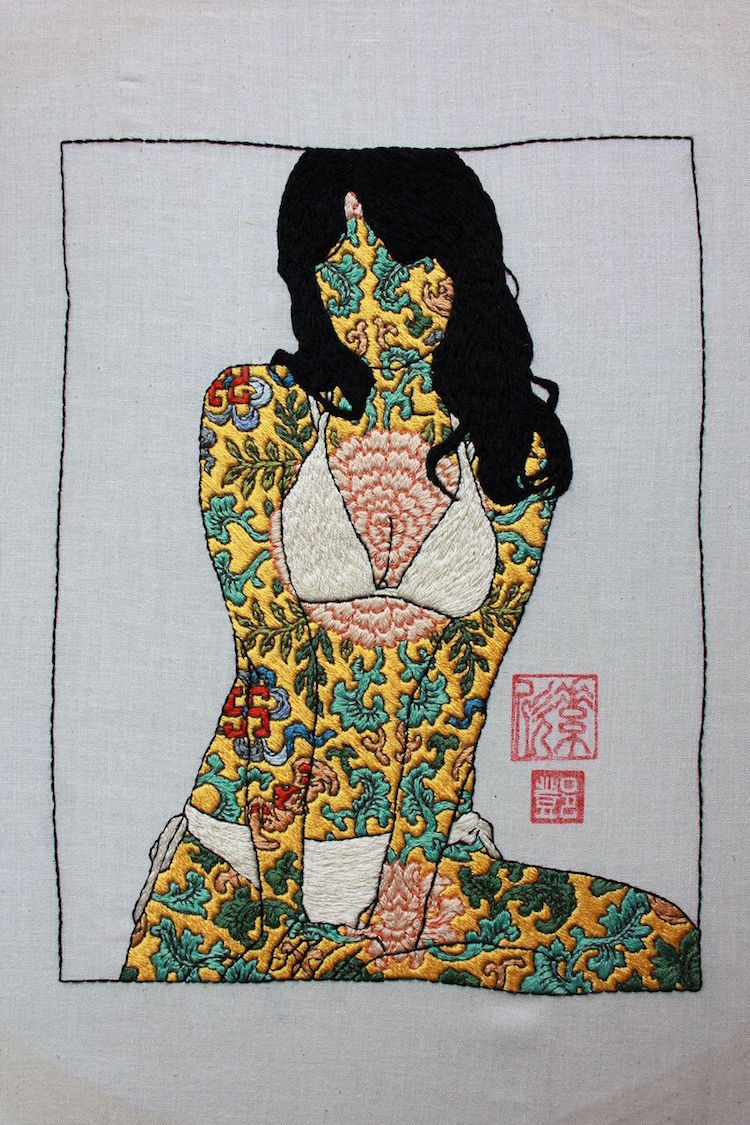
What piece of equipment or tool could you not live without?
I’ve tried various thimbles, from the traditional metal cap to silicone finger cots. Besides the needle and embroidery hoop, the thimble pad made by Colonial was a godsend to protect my finger and prevent the needle digging into my skin. It’s a small circular adhesive leather that’s reusable and helps to hold the back of the needle without puncturing my finger. I don’t embroider without it.
Do you give talks or run workshops or classes? If so where can readers find information about these?
I don’t have any sort of classes or workshops but I’ve answered questions about my techniques and process on my Instagram account.
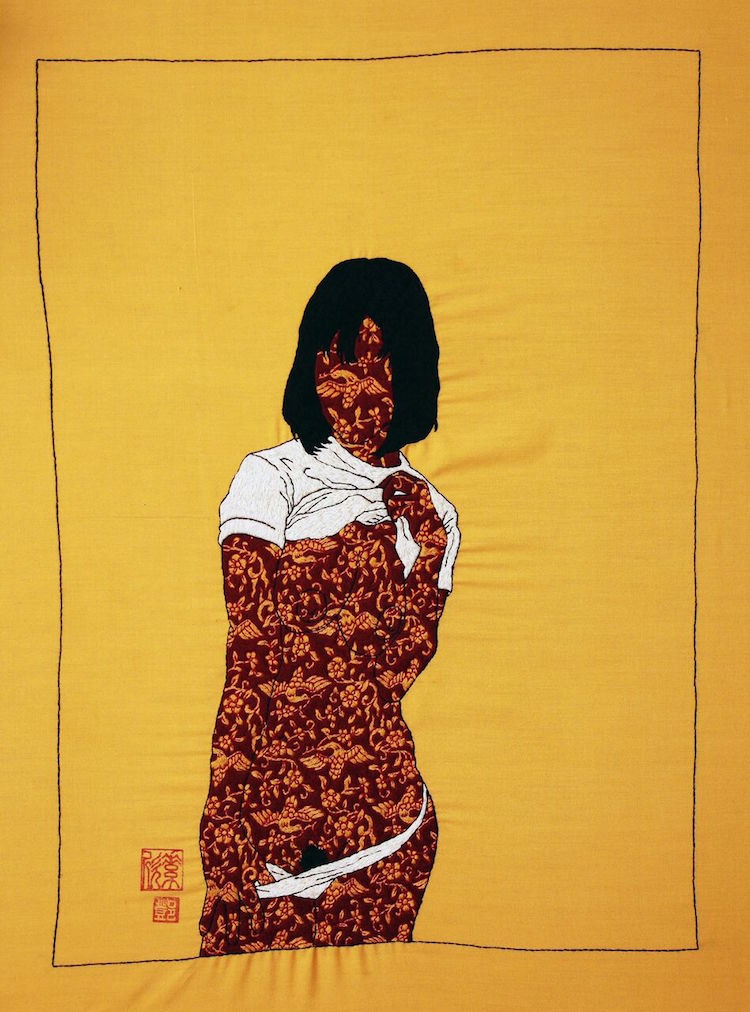
How do you go about choosing where to show your work?
So far I’ve been showing my work in the San Francisco Bay Area because the ease of hand delivering my work and quick deinstall. Sooner or later I’ll most likely show further out.
When I do get to that point, I’ll do some research on the location and check with friends who are more experienced in the art business for their opinion.
Where can readers see your work this year?
Currently, I do not have any shows planned but I keep my Instagram account up to date on my progress. When pieces are finished, I update my website as well.
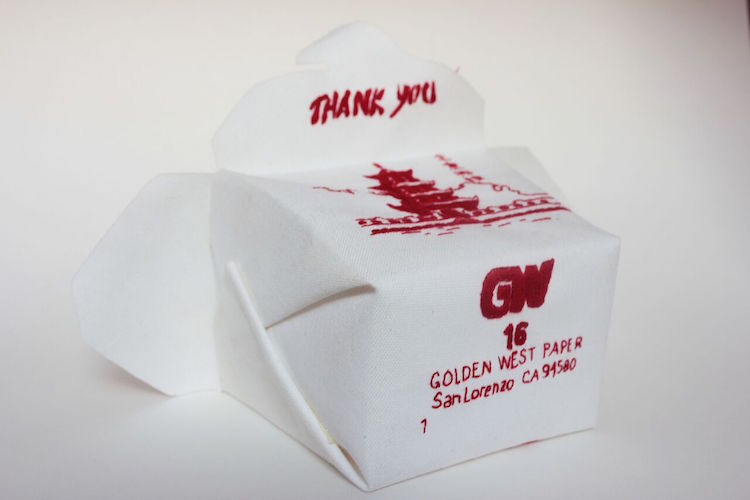
For more information visit: www.jessicasorentang.com
If you’ve enjoyed this interview why not share it with your friends on Facebook using the button below?
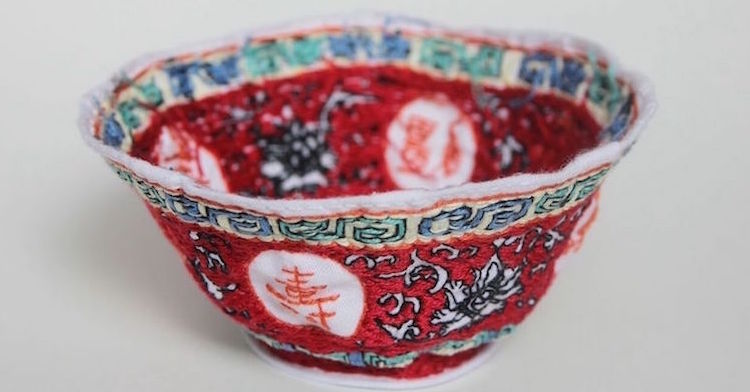

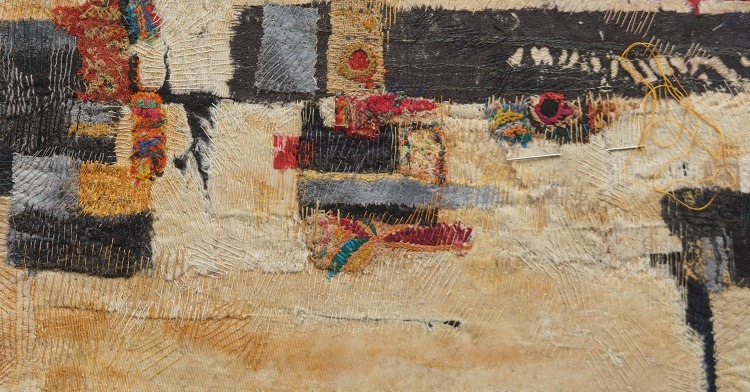
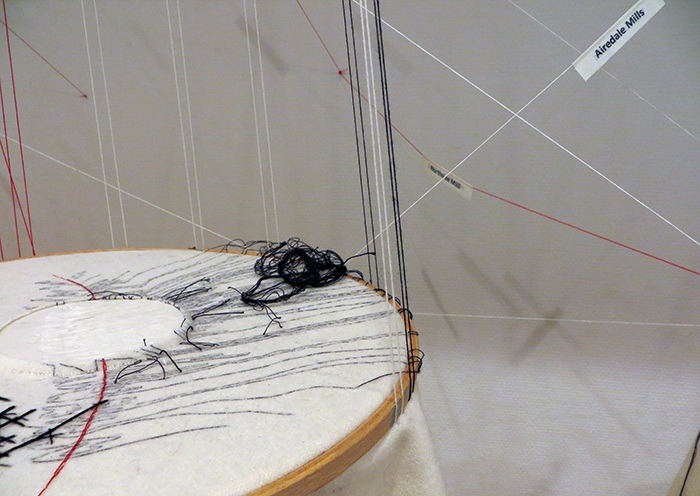
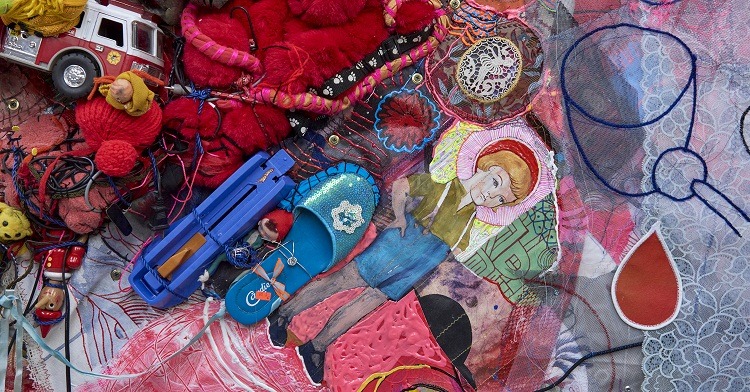
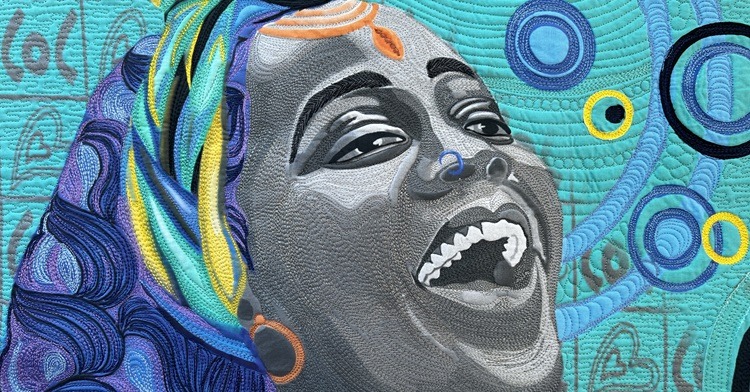
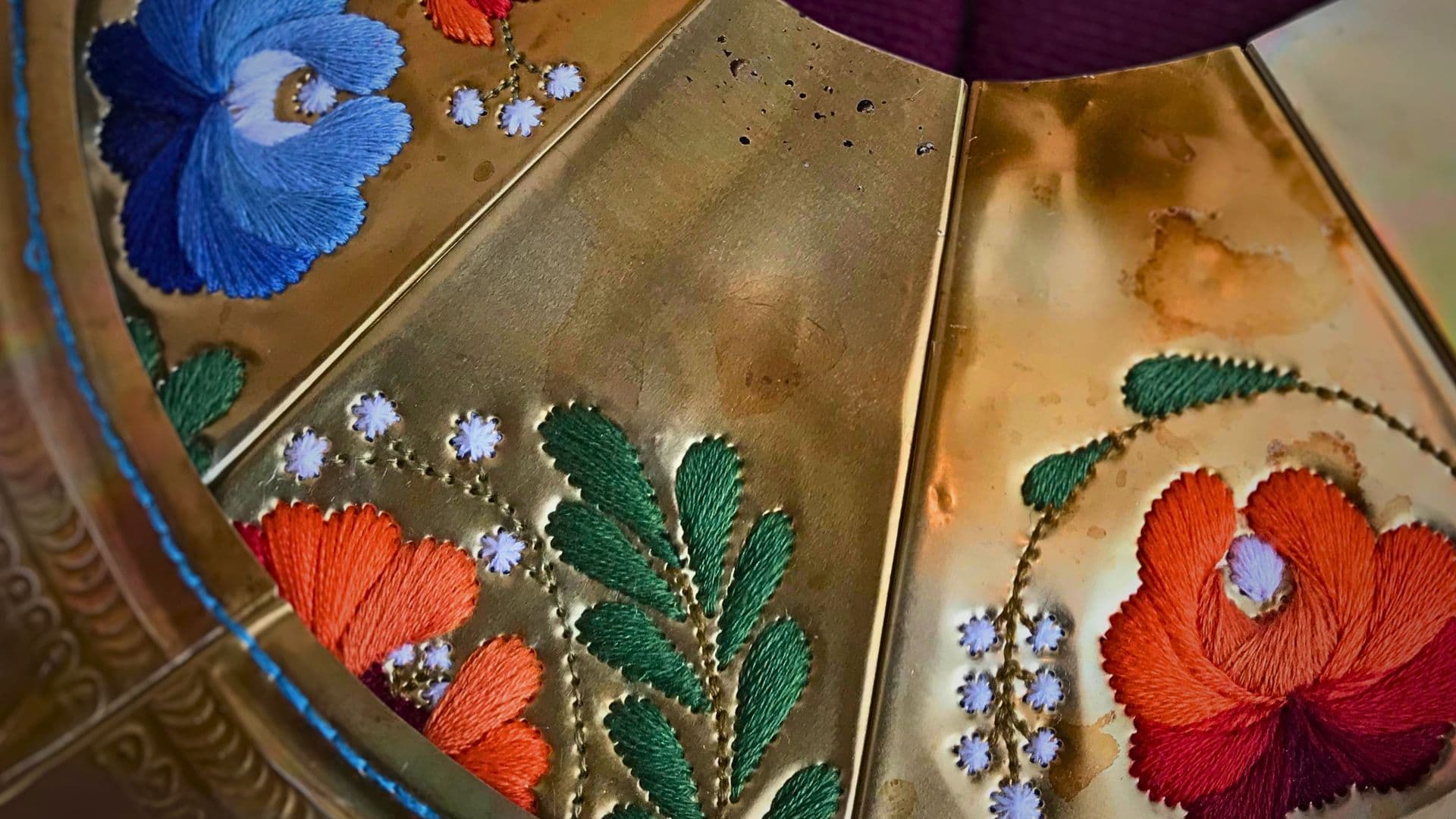
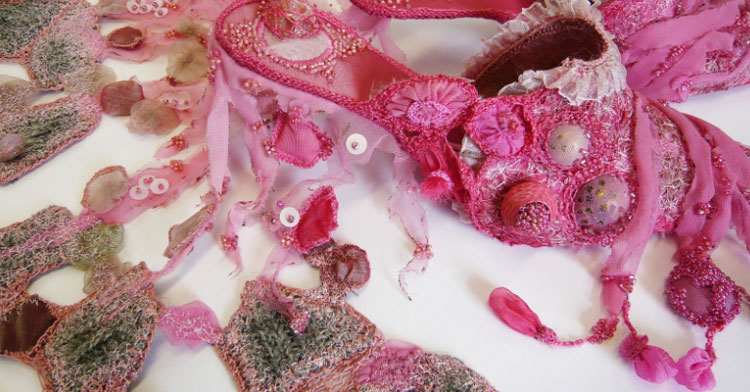
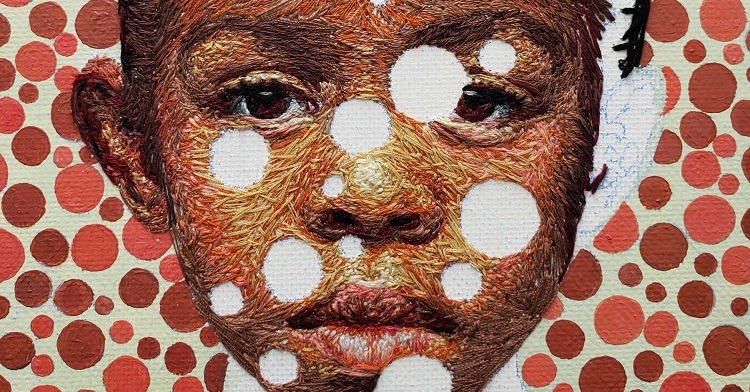
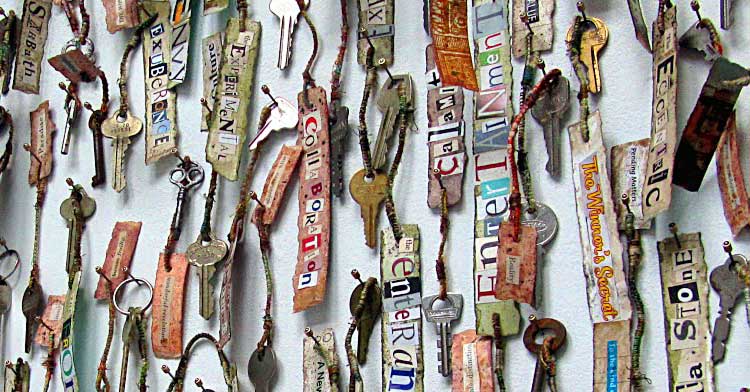
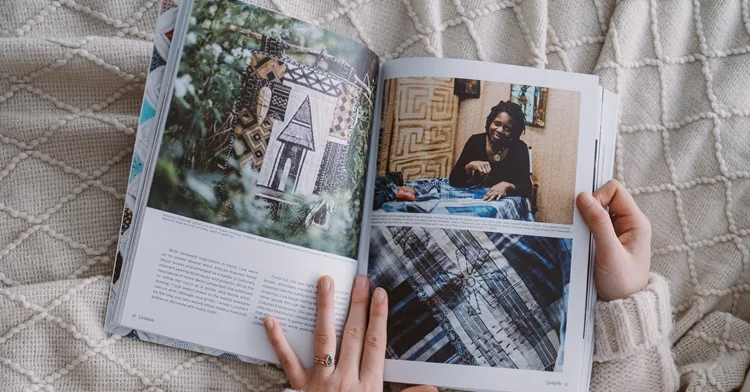
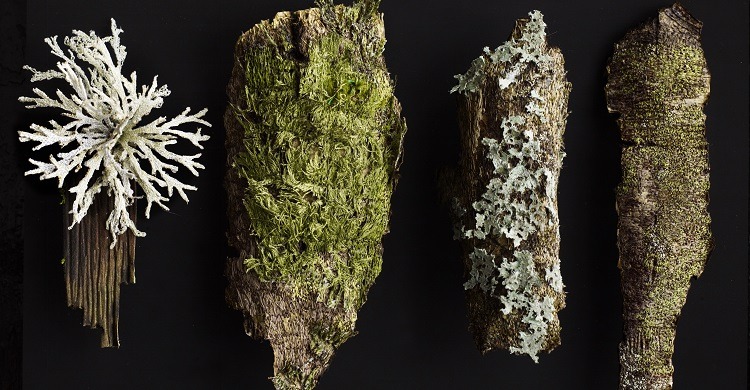
Comments